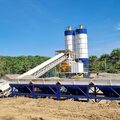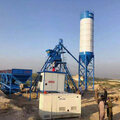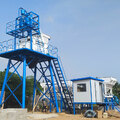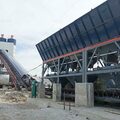In the world of construction, efficiency and quality control are paramount. This is where a concrete batching plant comes into play, streamlining the process of mixing concrete and ensuring consistency in every batch. Understanding the components of a concrete batching plant can help potential customers make informed decisions, optimizing their operations for better results. Let's dive into the core elements that make these plants so vital.
Foundation of Quality: The Core Components
At the heart of every batching plant lies a combination of key components, each serving a crucial role in the mixing process. Knowing these parts helps in appreciating the sophistication behind the operation.
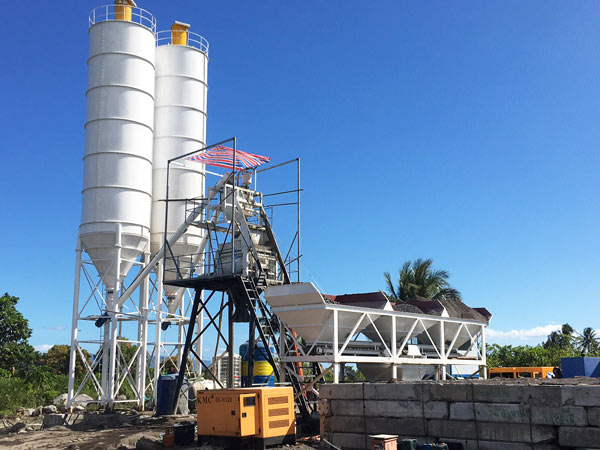
Aggregate Bins
Aggregates form the backbone of any concrete mix. Aggregate bins store and dispense the sand, gravel, or rock. They are segmented to hold different sizes and types, allowing for precise measurement.
Weighing System
Accuracy is non-negotiable. The weighing system ensures that each ingredient is added in the correct proportion, directly affecting the strength and durability of the finished product.
Mixing Unit
This is where the magic happens. The mixing unit combines water, aggregates, cement, and additives. It does so thoroughly, ensuring a uniform distribution of materials.
Control System
Modern batching plants boast advanced control systems. These allow operators to set exact parameters, ensuring consistency across batches and reducing human error.
Operation Enhancers: Additional Components
Beyond the basics, several additional features can elevate a batching plant's functionality, making the operation smoother and more efficient.
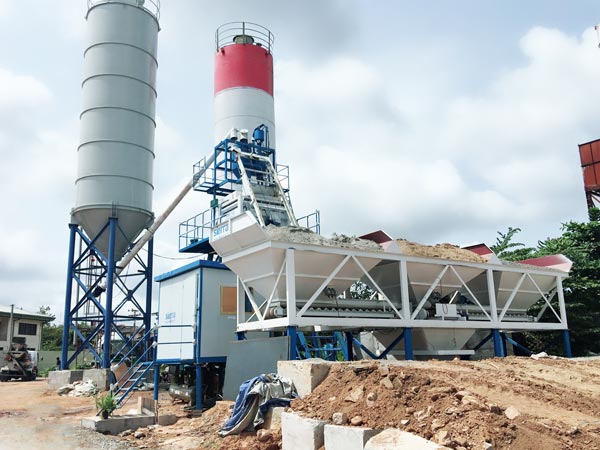
Cement Silos
Storage for cement is critical. Cement silos provide a dry, secure environment, protecting the powder from moisture and contamination.
Screw Conveyors
These facilitate the movement of materials from silos to the mixer. Their design minimizes waste and speeds up the process.
Conveyance System
Handling aggregates efficiently is key. A conveyance system moves materials from bins to the mixer, ensuring a steady flow.
Water and Additive Storage
Water tanks and additive containers hold these crucial ingredients, allowing for precise calibration of the mix.
Why Choose a Modern Concrete Batching Plant?
The benefits of investing in a cutting-edge concrete batching plant are manifold. Firstly, it guarantees uniform quality, critical in construction. Efficiency sees a significant uptick, reducing waste and saving time. Moreover, modern plants offer unparalleled flexibility, accommodating a wide range of mix specifications. Lastly, automation reduces labor costs and minimizes errors, contributing to a healthier bottom line.
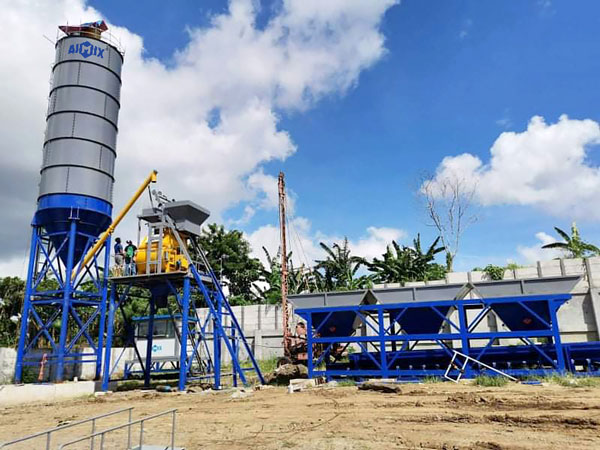
Making the Right Choice
Choosing the right batching plant involves considering capacity, space, and specific project needs. Look for batching plant suppliers with a track record of reliability and support. Ensure the plant meets local regulations and standards. Finally, consider future needs; scalability is an asset in this rapidly evolving industry.
Conclusion: A Solid Foundation for Success
A well-chosen concrete batching plant is more than an investment in machinery; it's a commitment to quality, efficiency, and innovation. By understanding the components and their functions, customers can select a plant that not only meets their current needs but also paves the way for future growth. In doing so, they position themselves as leaders in the construction industry, ready to tackle projects of any scale with confidence and precision.
Embracing the latest in batching technology sets a new standard in construction. It's an essential step for any operation aiming to compete at the highest levels. Click here to learn more about aimix group. Make your choice wisely, and build on a foundation of excellence.

